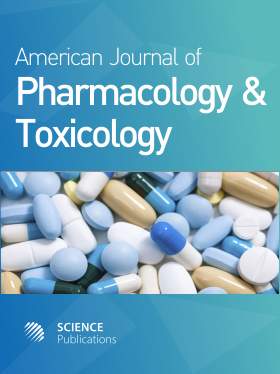Spectrofluorimetric Determination of Certain Fluoroquinolones Through Charge Transfer Complex Formation
- 1 Minia University, Egypt
Abstract
A highly sensitive spectrofluorimetric method was developed for the first time, for the analysis of ten fluoroquinolones (FQs) antibacterials, namely amifloxacin (AMI), ciprofloxacin (CIP), difloxacin (DIF), enoxacin (ENO), enrofloxacin (ENR), lomefloxacin (LOM), levofloxacin (LEV), norfloxacin (NOR), ofloxacin (OFL) and pefloxacin (PEF) in their pharmaceutical dosage forms or in biological fluids through charge transfer (CT) complex formation with bromanil (BRO). The BRO was found to react with these drugs to produce stable complexes and the fluorescence intensity of the complexes was greatly enhanced. The formation of such complexes was also confirmed by ultraviolet-visible measurements. The different experimental parameters that affect the fluorescence intensity were carefully studied. At the optimum reaction conditions, the drug-BRO complexes showed excitation maxima ranging from 275 to 290 nm and emission maxima ranging from 450 to 470 nm. Rectilinear calibration graphs were obtained in the concentration range 0.02 to 3.1 µg.mL-1 for the studied drugs. The method has been successfully applied to determine their pharmaceutical dosage forms with good precision and accuracy compared to official and reported methods as revealed by t- and F-tests. They are also applied for the determination of studied drugs in human urine samples.
DOI: https://doi.org/10.3844/ajptsp.2007.18.25

- 4,325 Views
- 3,924 Downloads
- 13 Citations
Download
Keywords
- Fluoroquinolones
- bromanil
- charge-transfer complexes
- spectrofluorimetry
